Fittonia Albivenis Mosaic Skeleton – Nerve Plant
£18.99 Original price was: £18.99.£13.29Current price is: £13.29.
- Shop with ease, buy with confidence.
- Shop with Ease
- Buy quality, buy with us.
- Protect Your Wallet with Safe Payments

Prepare to be mesmerized by the stunning beauty of the Fittonia albivenis Mosaic Skeleton – Nerve Plant! This petite plant from Peru features absolutely exquisite foliage. Each olive green egg-shaped leaf is adorned with a mesmerising web of vibrant neon pink veins, creating an intricate and unique filigree-like pattern.
With its stunning lime red leaves and eye-catching mosaic-like appearance, the “Mosaic Skeleton” Fittonia is a real showstopper. It’s perfect for adding a pop of colour and a touch of elegance to any space, making it a popular choice among plant lovers and interior designers alike. Whether you choose to keep it in a terrarium or let it trail from shelves or a hanging pot, this tropical houseplant is sure to impress with its vibrant colours and unique patterning.
Fittonia albivenis Mosaic Skeleton – Nerve Plant Care & Info Guide
Horty Hints
Pinch out the tips and dead leaves to create a bushier plant. Older leaves brown and die off as they age, remove these to keep the plant looking fresh.
Sensitive to strong sun! Keep out of direct sunlight which can quickly cause leaf burn.
Hike up the humidity. Fittonia requires very high, constant humidity. It’s one reason its a popular terrarium plant.

Light
Mosaic Skeleton plants prefer bright, indirect light. They can tolerate some direct sunlight, but too much can scorch their leaves. Place them near a window that gets filtered light or in a bright, well-lit room.

Watering
These plants like consistently moist soil, but don’t let them sit in standing water. Water your Fittonia albivenis when the top inch of soil feels dry to the touch. Use room temperature water and avoid getting water on the leaves, as this can cause spotting.

Temperature
Fittonia albivenis prefers warm temperatures between 18-24°C. Keep them away from cold drafts.

Humidity
As a tropical plant, Mosaic Skeletons thrive in high humidity. You can increase humidity by placing a tray of water near the plant, misting the leaves with water, or using a humidifier.

Feed
Fertilize your Mosaic Skeleton once a month during the growing season (spring and summer) with a balanced fertilizer.

Height & Growth Rate
Fittonia albivenis is a relatively slow-growing plant. Under optimal growing conditions, a Fittonia albivenis may grow a few inches in height and spread per year.

Toxicity
Fittonia albivenis is considered a safe and non-toxic plant – however, some people may be allergic to the sap of the plant, which can occasionally cause skin irritation or an allergic reaction.

Origin
While Mosaic Skeleton itself is a cultivar, the species Fittonia albivenis originates from South America.
| SIZE: Pot Diameter x Total Height | 12 x 15cm |
|---|
Be the first to review “Fittonia Albivenis Mosaic Skeleton – Nerve Plant” Cancel reply
Related products
HOUSEPLANT STYLES
HOUSEPLANT STYLES
HOUSEPLANT STYLES
HOUSEPLANT STYLES
Ficus Elastica Abidjan – Burgundy Rubber Plant – Straight Stem
HOUSEPLANT STYLES
HOUSEPLANT STYLES
HOUSEPLANT STYLES
HOUSEPLANT STYLES

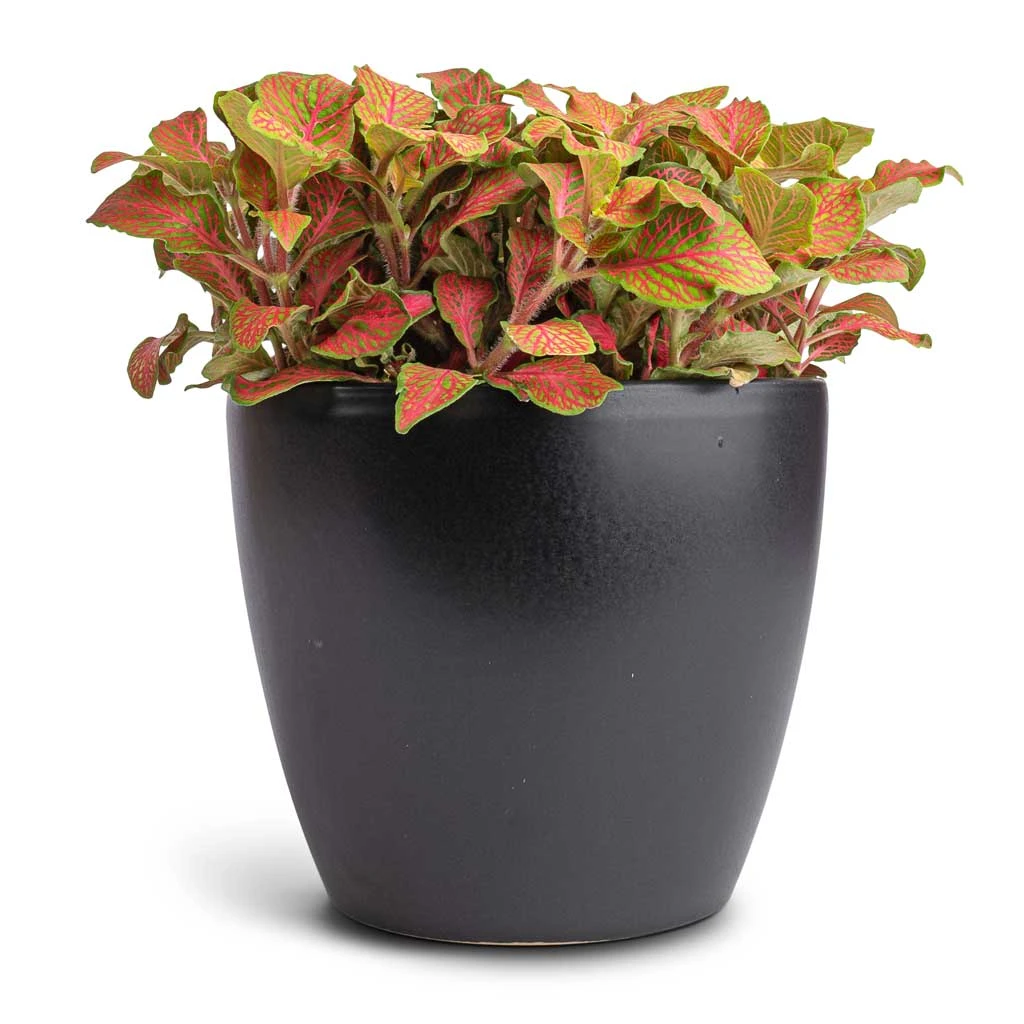
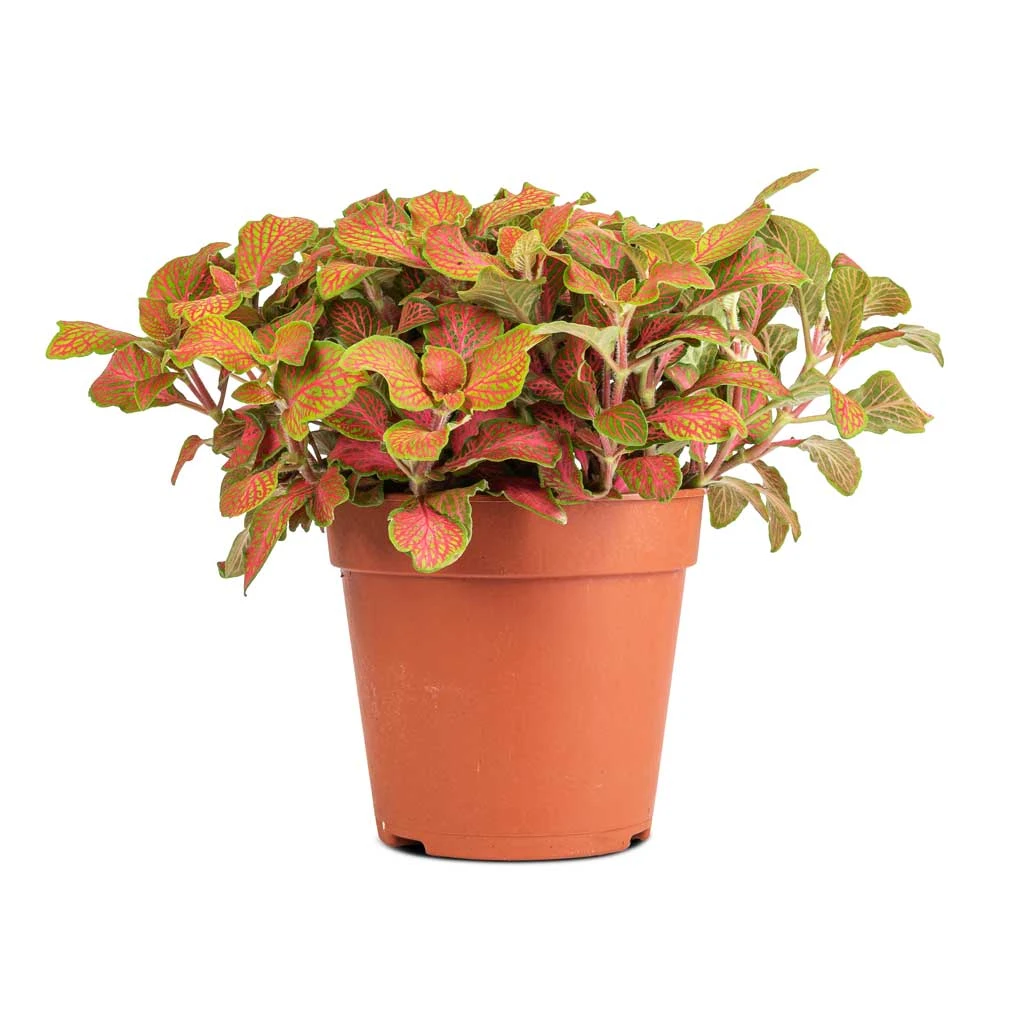


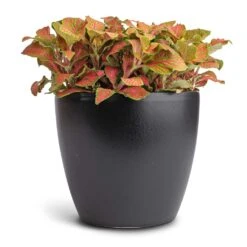
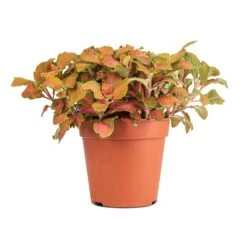
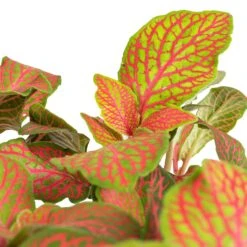



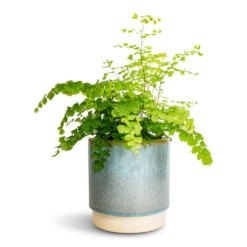
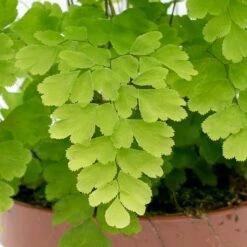

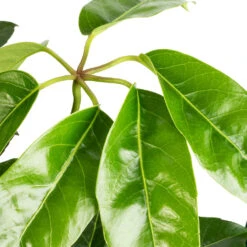
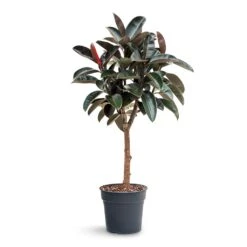


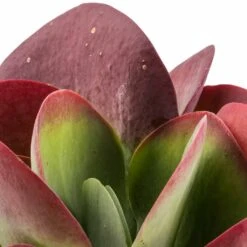


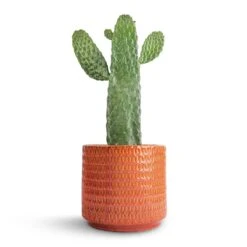

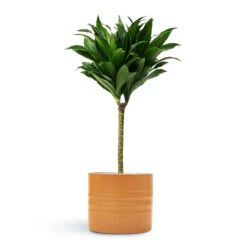

Reviews
There are no reviews yet.